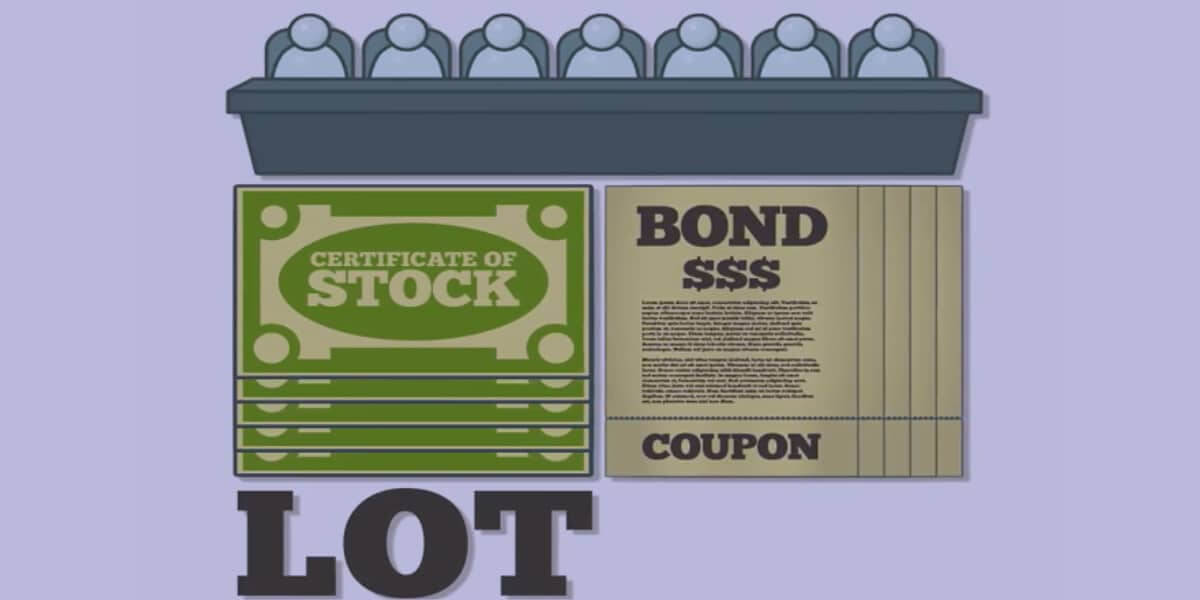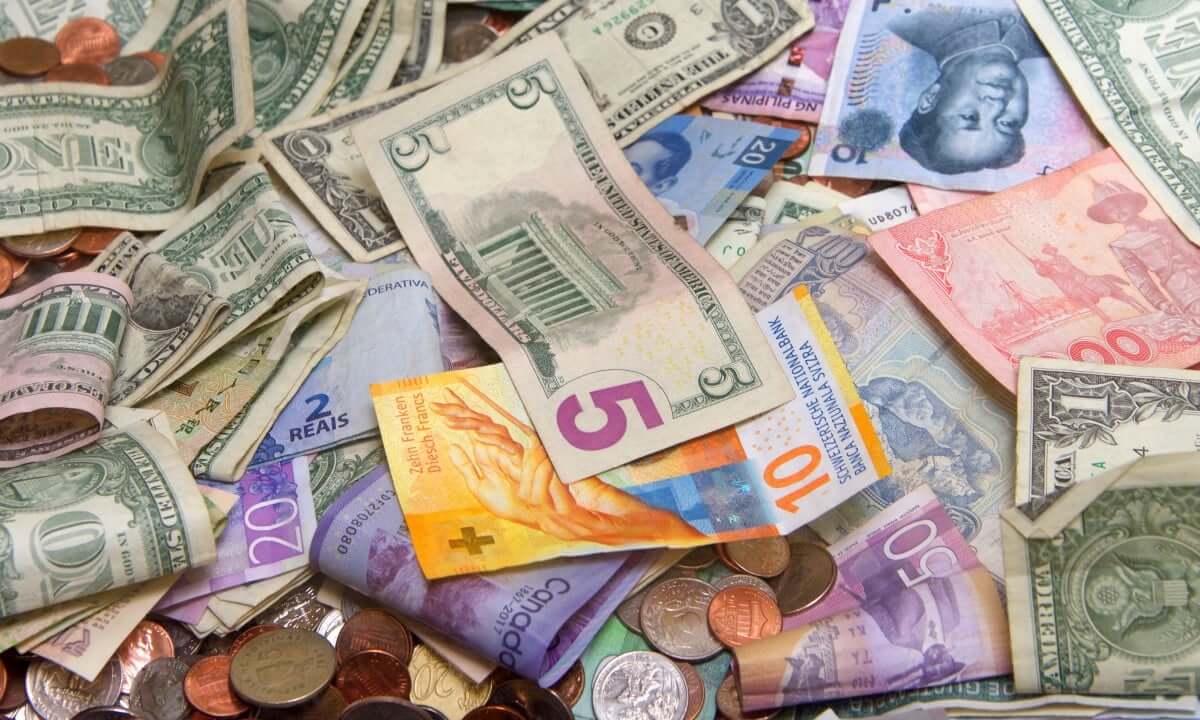Lot size meaning – what is lot in financial markets trading

Lot size meaning – what is lot in financial markets trading
The lot size is one of the basic concepts you need to understand when trading in financial markets. If you are beginning your trading career, you might be wondering about lot size meaning in online trading. It’s one of the most common notions used in trading. Therefore, knowing how lot sizes work in financial markets is required for entering trading positions.
In this article, we will explain to you what is the learning of lot size in the share market. Also, we will explain a lot about other market types so you can have a broader understanding of this important financial concept.
Lot size meaning – key takeaways
Here are some takeaways we are going to cover within the next lines.
Lot size means in trading lot size, meaning in the stock market How does a lot size work in securities trading Types of lots: bonds, Forex, options, futures Examples of lotsLot size meaning in trading
So what is the meaning and definition of lot size in the world of trading and investing? Let’s start with the broad definition of lot size in the trading world. It represents the number of items ordered and ready for delivery. It’s the total amount of specific product units. In financial markets, it represents the number of securities, bonds, and currency units, traded on the specific financial market.
Lot size meaning in stock market
When it comes to the stock market, lot size meaning comes down to the number of shares the trader wants to buy. The lot size concept enables markets to manage price quotes. Basically, it is the size of one trading transaction.
Price regulation lets investors know the exact number of units to buy within an individual contract. It’s an easy way to assess the price paid for each unit. Without lot size definition trading would be consuming and bulky.
Therefore, lot size meaning refers to the standardization of the trading process. A lot is a unit of an asset traded in the financial market.
In most cases, trading just one asset unit is not viable. Hence the need to establish a specific number of asset units to buy or sell. If the trading size is not a standard lot, it’s called an odd unit.
Exchanges set the values of lots as well as market regulators. It lets traders know the exact number of units traded when they open trading positions. Lot sizes differ from one market to another. They also vary depending on contracts. Some markets offer mini and micro-lots.
Examples of lots in financial markets markets
Arbitrage is the simultaneous purchase and sale of an asset in different markets to exploit tiny differences in their prices.Lot is any class of asset traded on the financial market. But its specific meaning differs depending on the market. A lot represents how many contracts are traded per order. For the stock market, the standard lot size is 100 shares. We then speak of a round lot, just like for lots of 200, 300, and so on.
There is often also a possibility to send orders for less than 100 shares. In this case, we use the term odd lot or ‘lot of abnormal size.’ For example, a lot of 472 shares will consist of 4 round lots of 100 units and an odd lot of 72. Some exchanges operate with a minimum lot size. Therefore only orders consisting of a multiple of this minimum lot size can be traded.
In the bond market, it’s different regarding lot sizes. Lots are issued in larger amounts. The standard lot size for bonds in the US is $1 million for government bonds.
In the options market, equity is valued so that one lot amounts to 100 shares. And finally, regarding the futures market, lot units are called contract size.
In the futures and options markets, using lots in trading is simple since traders can trade any amount of contracts. One stock option is equal to 100 shares. One futures contract is equal to the size of the contract of underlying assets. In the foreign exchange market, you can trade at least 1000 units of the base currency. Trading 1,451,000 means you are trading fourteen standard lots.
Calculating your lot size in trading financial markets
Risk management is an indispensable tool in the trader’s kit. You don’t want to deplete all your capital on a single trade, which is where managing your risk becomes important. The calculation of the lot can also be done on a calculator since most brokers offer it on their sites.
The lot size calculator allows you to calculate the investment size you need to put in place for a trade to comply with your risk management rules. All trading platforms offer this tool to their clients.
Before you open a position in trading, it’s necessary to use this kind of tool. Fill in the calculator fields: currency pair, GBP USD, for instance, then your trading account currency, available funds in your account, etc. And the tool will give you recommendations on the lot sizes to invest in to comply with your risk management rules. Some brokers only allow you to trade by lots, mini lots, or micro lots, so the scoreboard approximates these three metrics.
Different lot sizes in Forex
The standard lot
This lot refers to a position of 100,000 units of currency. When taking a full one lot position with the USD as the basis, each pip gained or lost in the market is worth $10. So if we trade one lot and the latter is +10 pips, it is equivalent to $100 in earnings. Generally, few retail traders speculate based on standard lots since this requires a high capitalization (several thousand euros on the trading account).
The mini lot
A mini lot (0.1 lot) is 10,000 base currency units of a forex currency pair. If one trades based on a pair in US dollars, then each pip in the market is worth $1. That may not seem like much to some traders but remember that the Forex market is one of the most volatile, it is common for a currency pair to move more than 100 pips per day (i.e. more from $100 to $1 a pip). In order to speculate based on mini lots, we advise traders to invest in Forex in the sum of €1,000.
The micro lot
The micro lot (0.01 lot), as the name suggests, is even smaller than the mini lot, it is a lot of smaller size, each position taken based on a micro lot is equal to 1,000 units, and each pip is then equal to 10 cents on the Forex market. This kind of a lot is ideal for novice traders. They can try their hand at forex trading by taking small positions and thus try out trading strategies and apply the knowledge acquired through trading courses with very little risk. ‘Silver.
Nano Lot Size – These lots represent one-tenth of a micro lot and one-hundredth of a mini lot. It’s simply 100 units of a base currency.
Trading example in the Forex market
A trader anticipating an appreciation of the Euro against the US Dollar (EUR/USD pair) buys currencies in EUR at the entry price of 1.3263. It uses a lot of 100,000. In this case, the value of one pip is 10 USD or (0.0001/1.3263)*100000 = 7.5398 EUR.
After a few days, the EUR/USD quotation rose, and the trader decided to close his position at the current exit price (sell price of EUR) of 1.3288. He then realizes a gross profit of 25 pips, or 250 USD or 188.14 EUR. For a more precise estimate, it is also necessary to consider the spread (the broker’s commission), generally fixed at 2 pips. Thus the gain amounts to 23 pips, or 230 USD or 173.09 EUR.
Lot size meaning – Bottom line
A lot is a standardized group of traded assets instead of a single asset. Often, investing in one asset at a time is not viable because of its real value. In this case, traders use lots: several assets bought and sold together in transactions.
When it comes to the stock market, lot size meaning comes down to the number of shares the trader wants to buy. The lot size concept enables markets to manage price quotes. Basically, it is the size of one trading transaction.
Lot applies to any class of asset traded on the financial market. But its specific meaning differs depending on the market. A lot represents how many contracts are traded per order. For the stock market, the standard lot size is 100 shares.
You now know what the different lots are. You must determine what type of lot size meets your profile and how much you are willing to risk during your speculative sessions on the market. As your capital grows during your trading career proportionally increases the size of your positions, adopting a conservative approach will help you survive in the financial markets and profit from them over the long term.
The post Lot size meaning – what is lot in financial markets trading appeared first on FinanceBrokerage.




